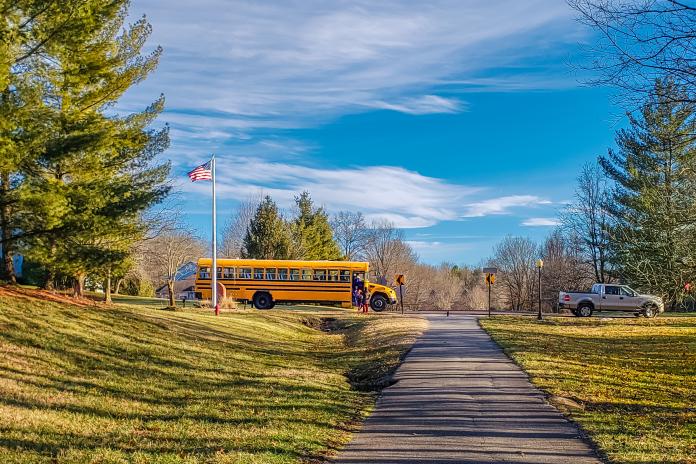STATEMENT: Approximately 3,100 more electric school buses to bring a clean ride for kids thanks to Clean School Bus Program funding

WASHINGTON (MAY 29, 2024) – Today, the U.S. Environmental Protection Agency (EPA) announced funding to bring approximately 3,100 more electric school buses to students nationwide. The $900 million in total rebate funding announced through the Bipartisan Infrastructure Law’s $5 Billion Clean School Bus Program will help remove dirty diesel-burning school buses in approximately 530 school districts.
The funding announcement comes in response to the continued outpouring of demand for clean rides to school: more than 900 applicants chose to apply for approximately $1.7 billion in funding. Of the 3,400 school buses awarded in this round, 92% are electric school buses.
Crucially, approximately 67% of funding overall went to recipients designated as priority districts in EPA’s application process, including high-need districts, districts in low-income areas, certain rural districts and districts funded by the U.S. Bureau of Indian Education.
Following is a statement by SUE GANDER, Director, WRI’s Electric School Bus Initiative:
“The EPA’s school bus program has been nothing short of transformative. With this new funding, tens of thousands more children will no longer have to breathe in toxic pollution on their way to and from school. They will have a cleaner ride.
“Thanks in large part to this program and its focus on low-income, rural and Tribal communities, the majority of these newly-awarded electric school buses are headed to districts in historically underserved areas. We’re seeing an increase in electric school buses in low-income communities and areas with the highest levels of air pollution.
“Well over half of all the electric school buses on the road or on their way have been supported by the Clean School Bus Program. The impact of this program has been transformative. We’ve seen a step change in electric school bus adoption rates, increased manufacturing capacity, and states introducing their own supportive policies and funding.
“It’s no surprise that districts are lining up for electric school buses. They offer the greatest air quality and climate benefits of all school bus types, alongside lower operating costs. With the funding awarded today, and reduced fueling and maintenance costs, school districts switching to electric school buses can expect to see significant savings on their transportation budgets, potentially up to hundreds of thousands of dollars in savings per electric school bus. That’s money we can invest back into classrooms.
“We continue to be grateful for the advocates and community members working to advance equitable electrification and the school districts across the country getting onboard with electric school buses. We look forward to working with EPA as they continue to implement the Clean School Bus Program.”
Additional details:
This is the third round of funding awarded through the Clean School Bus Program. The initial two rounds, a rebate and grant competition, awarded nearly $1 billion each, which supported nearly 5,000 electric school buses. With today’s announcement, the program has awarded over its lifetime close to $3 billion in funding to support 1,000 school districts across the country in the purchase of 8,500 cleaner school buses.
Electric school buses offer economic, health and climate benefits compared to their fossil fuel-burning counterparts. On average, each electric school bus offers approximately $100,000 in fuel and maintenance savings over the lifetime of the bus, compared to an equivalent diesel-burning school bus.
Electric school buses also reduce students’ vulnerability to harmful health impacts of pollutants found in diesel exhaust – including increased risk for cancer, asthma and heart disease. Electric school buses have zero tailpipe emissions of harmful air pollutants and the lowest greenhouse gas emissions of any school bus type, even when accounting for emissions from the generation of electric power.